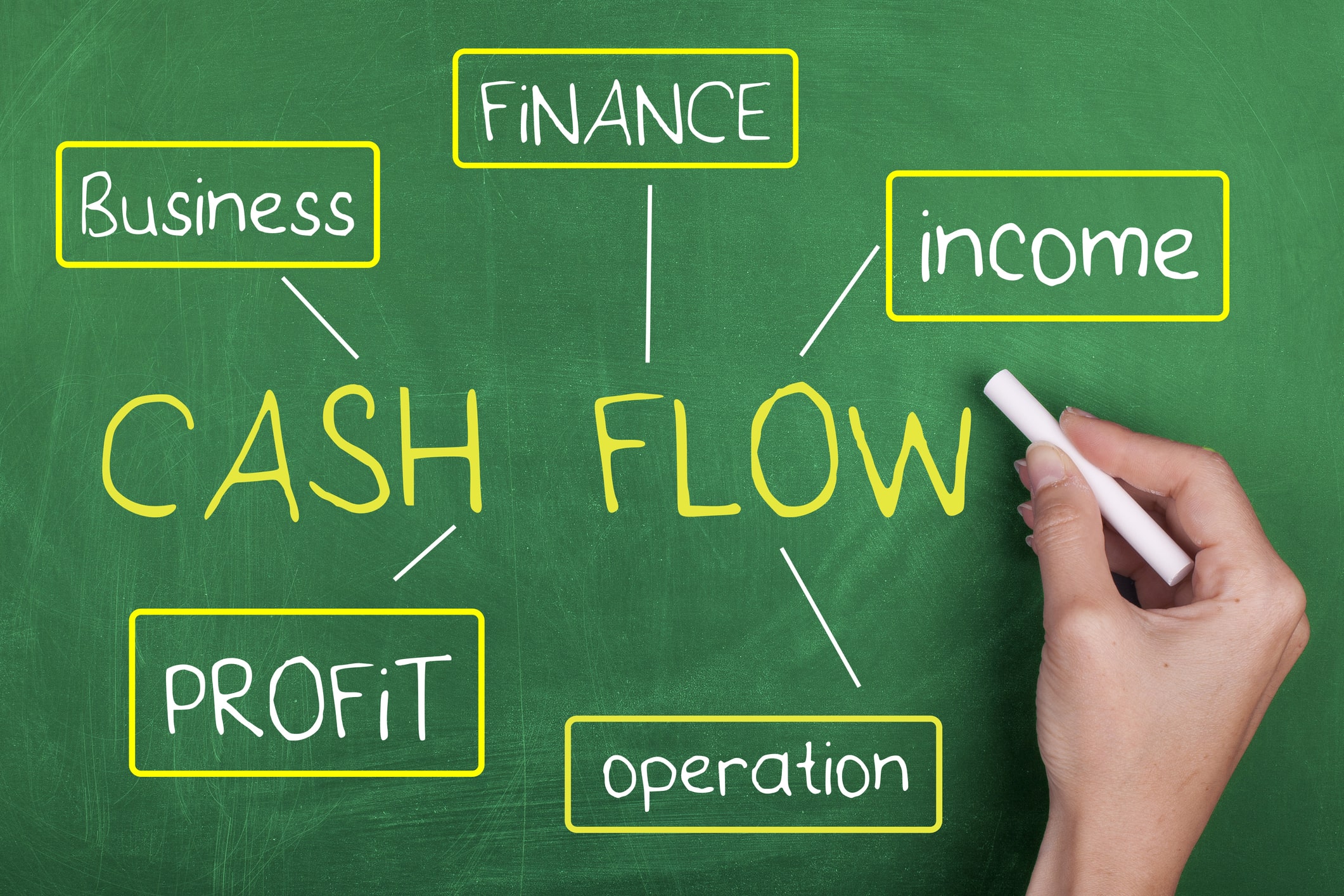21 Aug

Founders often like to focus on innovation and their ideas but we all know that in the early days cash flow is often king. The result of this can be chaotic, running dangerously low on cash, forcing founders to defer wages, dipping into their savings, or drawing on personal credit cards.
Cash flows in and out of your business every day. Handling these flows, along with your cash balance at any point in time, is called cash management. To do it well goes beyond a daily, weekly, monthly routine, effective cash management requires a crafted financial strategy that enables scaling of your venture, and strikes a deliberate balance between earning, spending, and investing for growth. I’d advocate a startup founder should always have a handle on the cash tiller, managing near term cash flow while understanding the patterns and timings in their runway, with a forward view on the timing of raising future capital if it’s needed. It’s not something to be handed off; cash allocation decisions, in terms of size and timing, fall under the founder’s remit.
Here’s three helpful tips to help guide your planning and actioning of cash management in your startup.
1. Build your Cashflow
For a startup this is about understanding how many months your cash will keep you afloat.
Start with sensible and realistic projections on sales. I often build in the number of calls, conversion rates, average contract value and churn rates to give a sense of the effort founders will need to put in with their sales efforts and if that is something achievable. Also keep a tab on these underlying assumptions as these should be metrics you test and reflect on.
Secondly add in your business costs. Here is where I add as much detail as possible and again account for scale, especially when using tools like OpenAI, how will your spend on tokens increase as you gain more customers? If you’re an app have you accounted for Apple and Play Store costs?
Put them together and you should have an indication of how your business will perform. What you can then do is layer this with a second and third cashflow, one with a more positive slant and one more negative. This can really help you see the range and help you question your underlying assumptions.
Long story short, the key to a sensible cash flow is having a sense of your spending profile and cash burn, and then revisiting these estimates and assumptions every month, as your position changes. Build monthly and quarterly based milestones, and your forecast will give you a sense of shorthand for cash generation and consumption.
2. Discipline
Having a strong budgeting and spend control process can help you catch things before you veer off course. The goal of runway forecasting and burn rate projections is to inform cash management decisions. It pays to be realistic as opposed to aspirational. This helps ensure that you don’t find yourself in a tight position if things don’t go according to plan.
Frugality never goes amiss, so keep a cash buffer. As for how many months of operating expenses to keep in hand, the answer really depends on your business model and your attitude to risk. If your company is becoming stable, and you can rely on the accuracy of your financial forecasts for the next few months, then three months of operating expenses may be the magic number. This should leave you comfortable to cover expected monthly expenses with a buffer for any additional one-off costs or shortfalls in revenue.
Most startups need more margin for error in case something unexpected arises, so if you can, gradually build up a cash reserve of six months of burn as a strategy. In a nutshell, spending smarter is all about focus, discipline, as well as selecting carefully where you allocate your scarce resources.
3. Sales, Sales, Sales
Many startups seek to entice new customers with free trials. That won’t put cash in the bank. Getting customers to pay is the best way to keep the cash moving, and since anyone may try something free, it won’t give you an indication as to whether your product will sell.
A better approach is to charge customers a small fee to take part in a pilot and offer an incentive to purchase at the end of a trial period. If they’re willing to pay, it’s a sign that you have a good product. It’s also likely to be an important validation point for prospective investors.
There are other strategies to consider: ask for a 20% deposit, offer a 5% discount for full payment upfront, or operate a subscription model. Prioritise customers that will pay you more. Revenue is the opposite of costs in terms of timing.
Also keep experimenting with pricing, keep pushing your prices up every few sales until the majority of prospects push back. A startup can 2x or 5x its revenue in a short period of time just by being smarter about its pricing. Many set a price and then are stuck with it.

